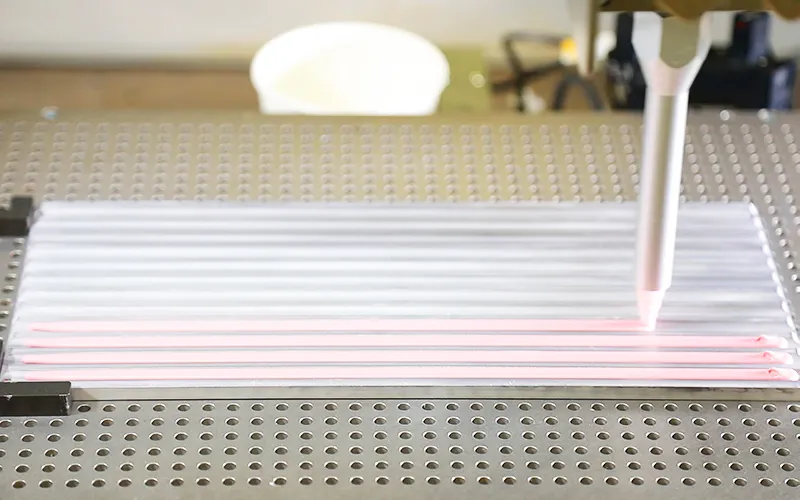How to Choose the Right Thermal Interface Gel
- Posted on:2024-08-27 09:46:00
- Source:AOK Thermal Pad Manufacturer FAQs
Choosing the right thermal interface gel is crucial for effective heat transfer and thermal management in electronic devices. By considering these factors and choosing a thermal interface gel that meets the specific requirements of your electronic device, you can ensure efficient heat transfer and effective thermal management, ultimately improving the reliability and performance of your devices.
1. Thermal Conductivity
Importance: Higher thermal conductivity means better heat transfer. Look for a gel with a thermal conductivity of at least 5 ~ 8 W/m.K for most applications. For high-performance systems, 10+ W/m.K is advisable.
2. Viscosity
Importance: Viscosity affects how easily the gel spreads and fills gaps. Choose a gel with a medium viscosity that is easy to apply but not too runny. This ensures it stays in place without squeezing out under pressure.
3. Curing Time
Importance: Some gels require curing time, during which they solidify and bond with the surfaces. If immediate performance is needed, choose a non-curing gel. For long-term stability, a gel that cures over time may be better.
4. Electrical Conductivity
Importance: Thermal gels should not conduct electricity to avoid short circuits. Ensure the gel is electrically insulating, especially when used in proximity to electrical components.
5. Application Method
Importance: Ease of application can affect the quality of the thermal interface. Consider whether you prefer a syringe, tube, or pre-applied gel. Syringes allow for precise application, while pre-applied gels can save time.
6. Operating Temperature Range
Importance: The gel must remain stable across the operating temperature range of the components. Choose a gel that can operate safely beyond the maximum temperature of your components, typically within -50°C ~ +200°C.
7. Longevity
Importance: The gel should maintain its properties over time. Opt for a gel with a long shelf life and resistance to drying out, especially in high-performance systems.
8. Compatibility
Importance: Ensure the gel is compatible with the materials of your components, especially if they involve metals that could corrode. Most modern thermal interface gels are non-corrosive, but double-check for compatibility with aluminum, copper, etc.
Gels with higher thermal conductivity, such as products with higher thermal conductivity coefficients, are usually more expensive. This is because high thermal conductivity gels require higher technology and more expensive raw materials.
If you would like to learn more about AOK performance thermal materials, please visit our website at www.aok-technologies.com


